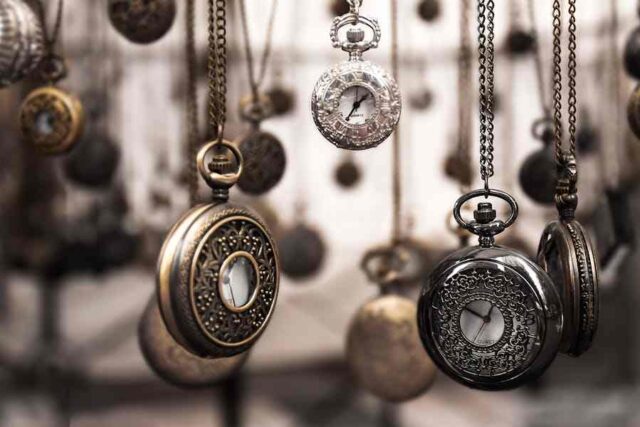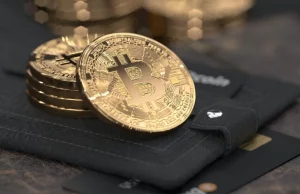Incorporating precious metals into an investment portfolio is a strategic move for diversifying assets and protecting wealth against market turbulence and inflation. Precious metals, valued for their rarity and enduring worth, offer a tangible investment avenue distinct from traditional stocks and bonds. This guide explores the top precious metals for investment, highlighting their investment merits and potential impact on portfolio performance.
Gold: The Time-Honored Asset
Gold is the pinnacle of precious metal investments, revered through the ages for its wealth preservation qualities. Its investment appeal is multifaceted:
- Inflation Shield: Historically, gold’s value increases in response to currency value dips, serving as a potent inflation shield.
- Stabilising Influence: In geopolitical unease or economic downturns, gold is a go-to asset for its stability.
- Ease of Liquidity: Gold’s global acceptance ensures it can be readily bought or sold, making it a highly liquid asset.
Silver: The Versatile Metal
Silver, while less expensive than gold, offers compelling investment opportunities with its dual industrial and investment demand:
- Wide-ranging Use: From electronics to renewable energy, silver’s industrial demand underpins its value.
- Accessible Investment: Its lower price point makes silver an attractive entry point for new investors.
- Potential for Gains: Silver’s price can experience sharp increases, offering lucrative opportunities for investors.
Platinum: The Rare Commodity
Platinum, with its rarity surpassing even gold, holds significant value due to its industrial applications and scarcity:
- Automotive Demand: Its use in vehicle catalytic converters drives substantial industrial demand.
- Jewelry and Investment Appeal: Beyond industry, platinum’s desirability in jewellery and as an investment medium adds to its value.
- Geopolitical Sensitivity: Concentrated mining efforts make platinum’s supply and price sensitive to geopolitical changes.
Palladium: The Industrial Favorite
Palladium has gained prominence for its critical role in automotive manufacturing and limited supply, marking it as a potentially lucrative investment:
- Preference in Catalysis: Its efficiency in catalytic converters, particularly for gasoline engines, ensures high demand.
- Supply-Demand Tension: Limited production capabilities strain supply, often leading to price surges.
- Impressive Price Performance: In recent years, palladium has outperformed other precious metals in price gains, attracting investor interest.
Strategic Diversification With Metals
Diversifying across different precious metals can mitigate risk while exploiting each metal’s unique market position. Considerations for a diversified metal portfolio include:
- Varied Metal Selection: Investing across gold, silver, platinum, and palladium can balance the portfolio against market shifts.
- Physical and Paper Assets: Combining physical holdings with paper investments like ETFs and mining stocks offers liquidity and reduces the burden of physical storage.
- Investment Horizon Balancing: Aligning investments with long-term stability and short-term market movements can optimise returns.
Choosing the Right Investment Path
Various avenues exist for incorporating precious metals into an investment strategy:
- Direct Physical Ownership: Buying bars or coins from Gold Stackers or other reputable dealers provides direct exposure to the market value of metals.
- Precious Metals ETFs: These funds offer metal market exposure without the logistical concerns of physical storage.
- Mining Company Stocks: Investing in mining operations can yield returns linked to metal price movements, albeit with added company-specific risks.
Navigating Investment Risks
While precious metals can fortify a portfolio, investors should be mindful of potential pitfalls:
- Market Fluctuations: Precious metals can undergo significant price volatility influenced by global economic factors.
- Storage and Security Costs: Physical metal investments require secure storage solutions, potentially incurring additional costs.
- Comparative Asset Performance: Allocating funds to precious metals means potentially missing out on higher returns from other asset classes.
Forward-Looking Metal Investments
The demand for precious metals is poised to remain robust, driven by technological advancements and sustained investment interest. Innovations in sectors like electronics and green technology particularly bode well for silver and palladium demand. Meanwhile, gold and platinum continue providing investors with foundational stability and diversification benefits.
Wrapping Up
Precious metals represent a compelling investment category, offering benefits such as portfolio diversification, inflation protection, and a hedge against economic instability. By understanding the unique attributes and market dynamics of gold, silver, platinum, and palladium, investors are better positioned to make informed decisions that align with their financial goals and risk tolerance. As with any investment decision, careful research and a clear understanding of one’s investment strategy are essential for successfully integrating precious metals into a diversified portfolio.














